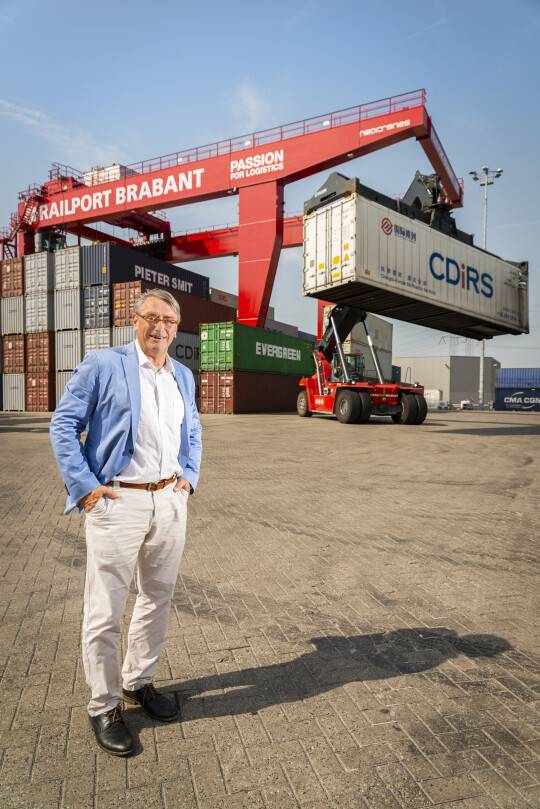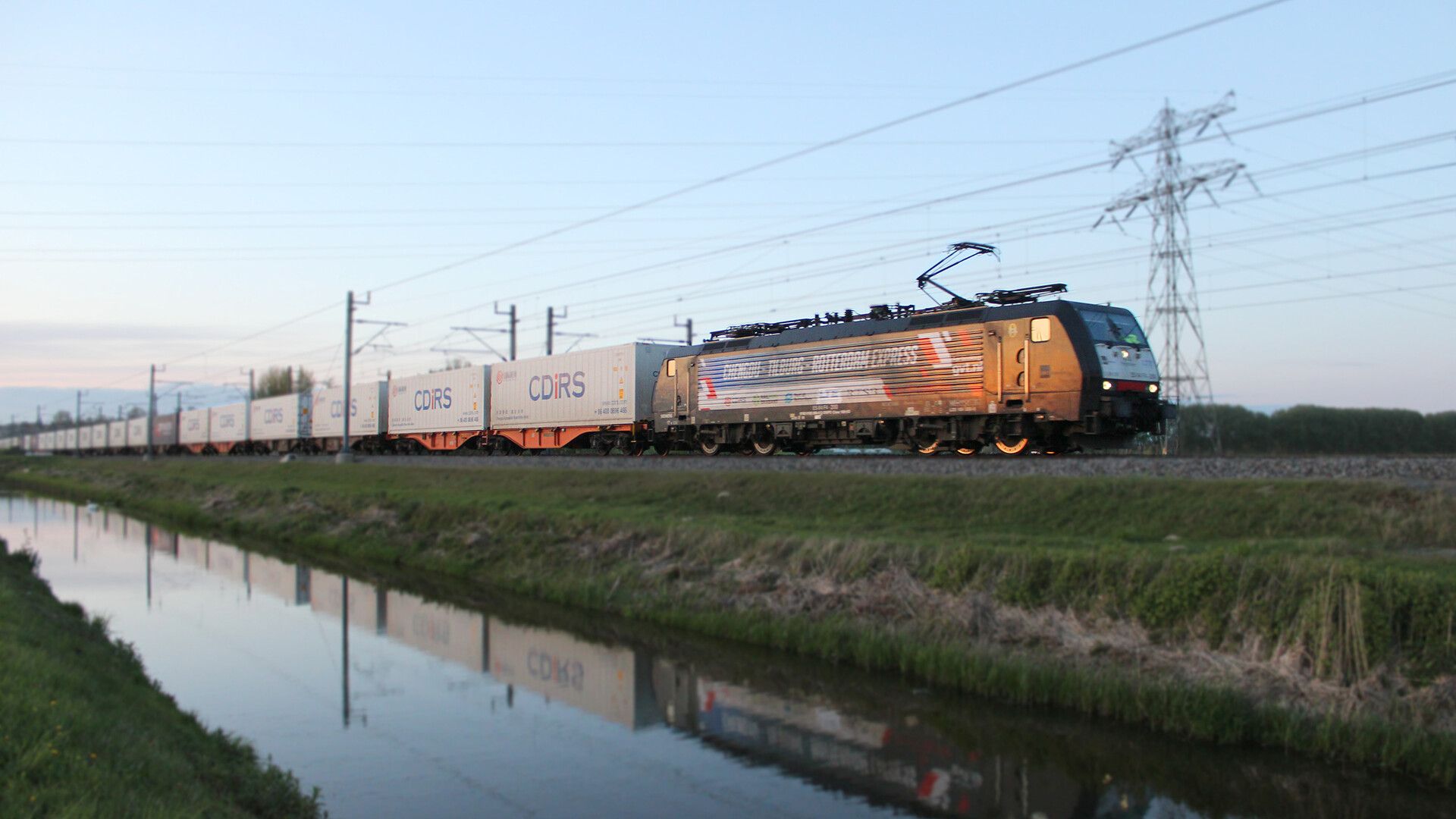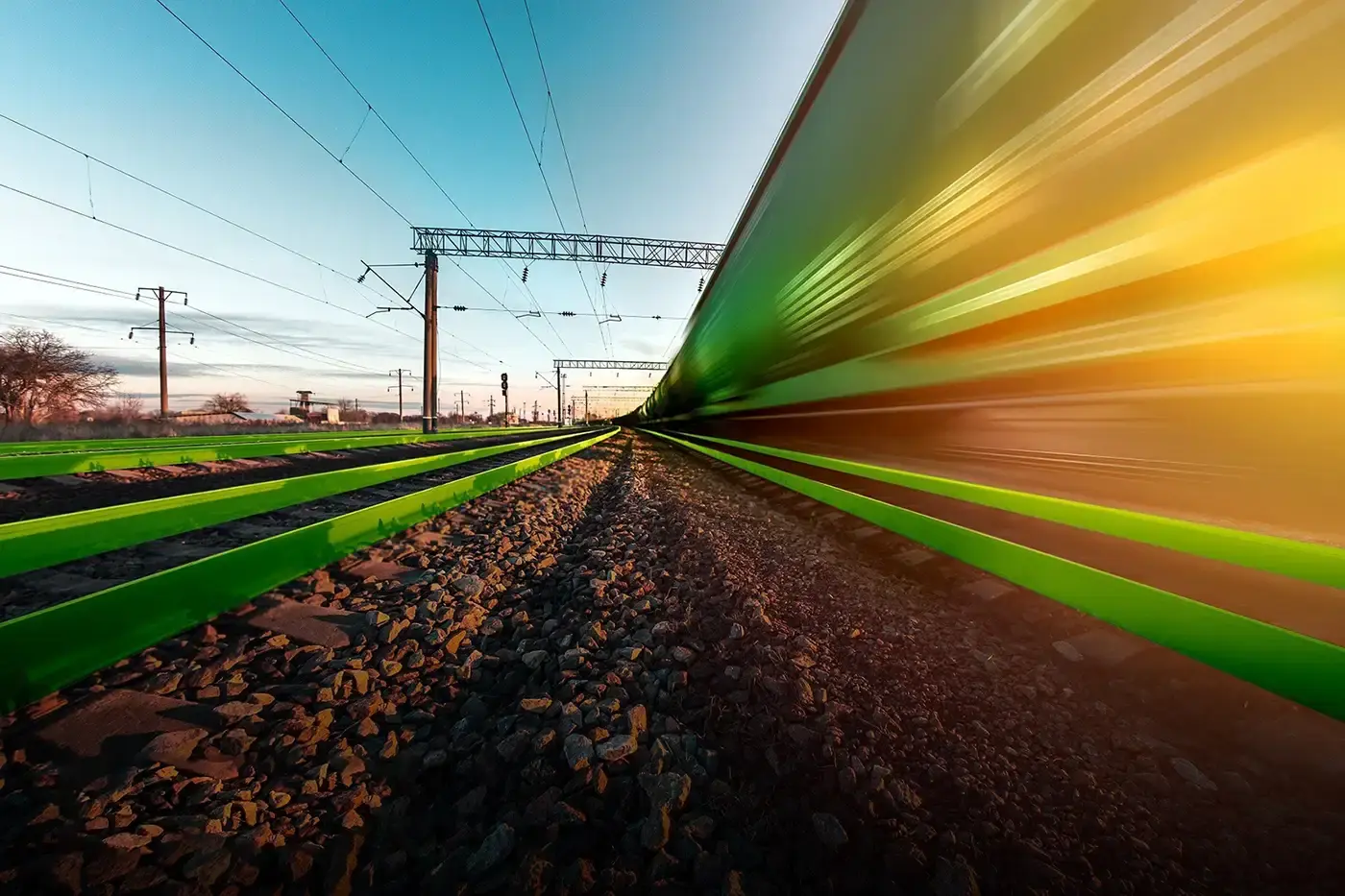April 7, 2020 | #BESTPRACTICE
GVT Intermodal: “ Compare deepsea and train transport from China based on ex work ”
More than 4 years ago we were approached by a Chinese delegation to visit our rail terminal. At that time, the New Silk Road was hardly still in the picture with us. Of course, there were some developments, such as a direct train to Poland / Hamburg. But otherwise not much was known. There were no public trains yet. The interest from China was of course not without reason. Traditionally, the eastern part of China is much richer than the western part. A few years ago, the Chinese government decided to invest heavily in cities such as Chengdu and Chongqing to counteract this inequality. With subsidies they tried to attract factories to these cities. And it worked. Partly triggered by the relatively low wages and the expected positive impact on cash flow due to shorter lead times per train, electronics giants such as Dell, HP and Lenovo settled in this region.
However, that did bring a new challenge. How did those factories in the same interior get their products by sea to Europe? The distance from Chengdu to the ports in eastern China quickly reaches approximately 2,000 kilometers. Apart from the costs, this also entails necessary travel time.
The Chinese government has reason to rig the Belt and Road Initiative under the heading ‘ One Belt One Road ’. In doing so, they not only stimulate their own economy, but also wish to promote cooperation with Eurasian countries. Admittedly, there is an increasing negative sentiment towards China in our society. Some see it as a threat to an economic superpower. Which is somewhat understandable. On the other hand, it also offers opportunities. Not only for GVT Intermodal, but also for exporters in our country.

Anyway, three weeks after the visit I received a call if we could come to Chengdu. They wanted to work with us. I confess, we were taken aback for a while. In retrospect, the delegation also appeared to have visited Rotterdam, but they chose Tilburg. The choice for Tilburg was partly due to the electronics cluster that was located here and the central location between Rotterdam and Antwerp with access to the UK, but also partly with the fact that GVT Logistics is a family business. They needed flexibility and fewer rules. In addition, we were able to offer everything in one: our own terminals, our own transport, our own warehouses and good connections. In October 2016 we started with the first train. This has now been extended to 5 trains per week. A good growth. Much has also improved in the meantime. Communication, for example. We now have a special permit to employ Chinese workers. At the same time, we recently have our own branch in China. But much has also improved logistically. With a 3 country locomotive from LTE we now drive in one go from Malaszewicze on the Polish – Belarusian border to Tilburg. This saves a lot of time and reduces the risk of delay. In addition, agreements have been made with customs. Initially, the customs clearance had to take place in Malaszwicze, but we were able to shift that to Tilburg. Nevertheless, there are still a number of points for improvement and / or challenges. In China, for example, certain goods may only be cleared through specific regions. This limits the possibilities to use the track to Chengdu, while there is already a slight imbalance. Although we already run five trains a week, I am convinced that even more cargo by rail is possible. I have the strong impression that many shippers purchase FOB Chinese ports. I would like to give them the advice to also inquire about the prices ex works. Cargo from or destined for the Chengdu and Chongqing region is by definition cheaper by rail.
But it offers more benefits than just the price. Our train takes 15 days over a distance of 10,947 kilometers. That is no less than 30 days faster than by sea. Seasonal and fashion-sensitive products in particular benefit from this. Products from a collection / season can be ordered later, so that the stock can be kept as low as possible at the end of the season. We see that mainly in the fashion industry. As already mentioned, the Belt and Road Initiative also offers opportunities for exporters. For example, wine is already frequently transported via the route from France, cars and complete factories .We are also currently working on the further expansion of the so-called Holland Pavilion, an exhibition space for Dutch shippers to promote their products that are provided with the correct documents and labels by GVT intermodal so that they can immediately enter the market.
But it offers more. It is not without reason that many Eastern European countries show interest in being connected to the Belt and Road Initiative. In doing so, they try to offer an attractive logistics location for Chinese companies. ‘ If you can’t beat them, join them ’ is a well-known saying for a reason. We as the Netherlands must therefore consider to what extent we can distinguish ourselves from other European countries. Then the Belt and Road Initiative is not a threat, but in the long run it offers all the more opportunities.

GVT Intermodal
Always the right connection to the track Railport Brabant is an important multimodal link in rail transport between Tilburg and European and Asian destinations.

